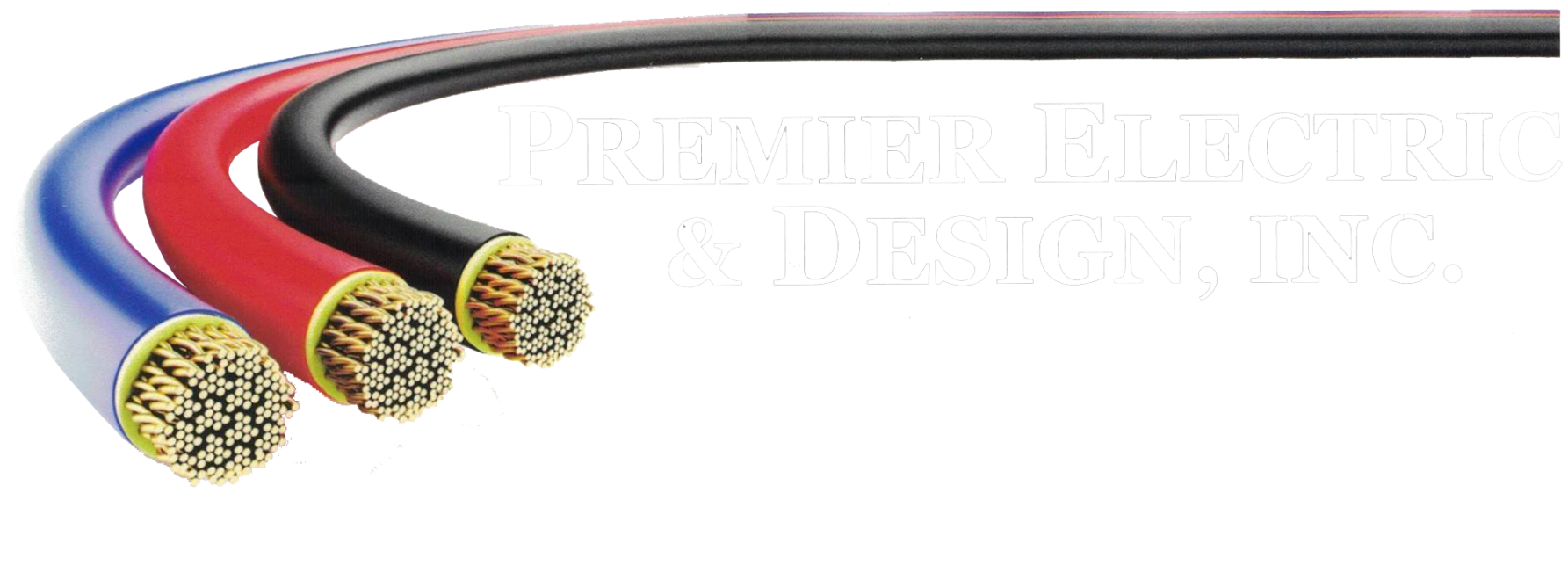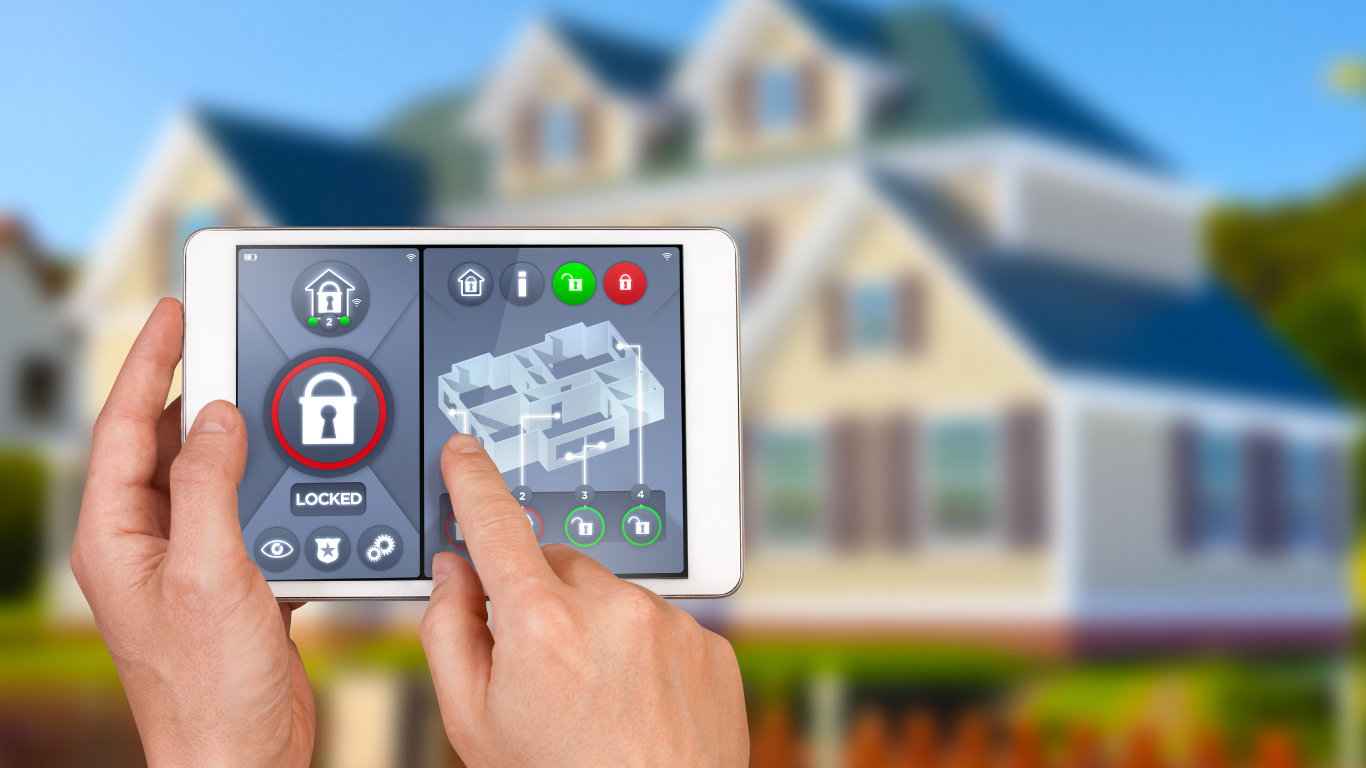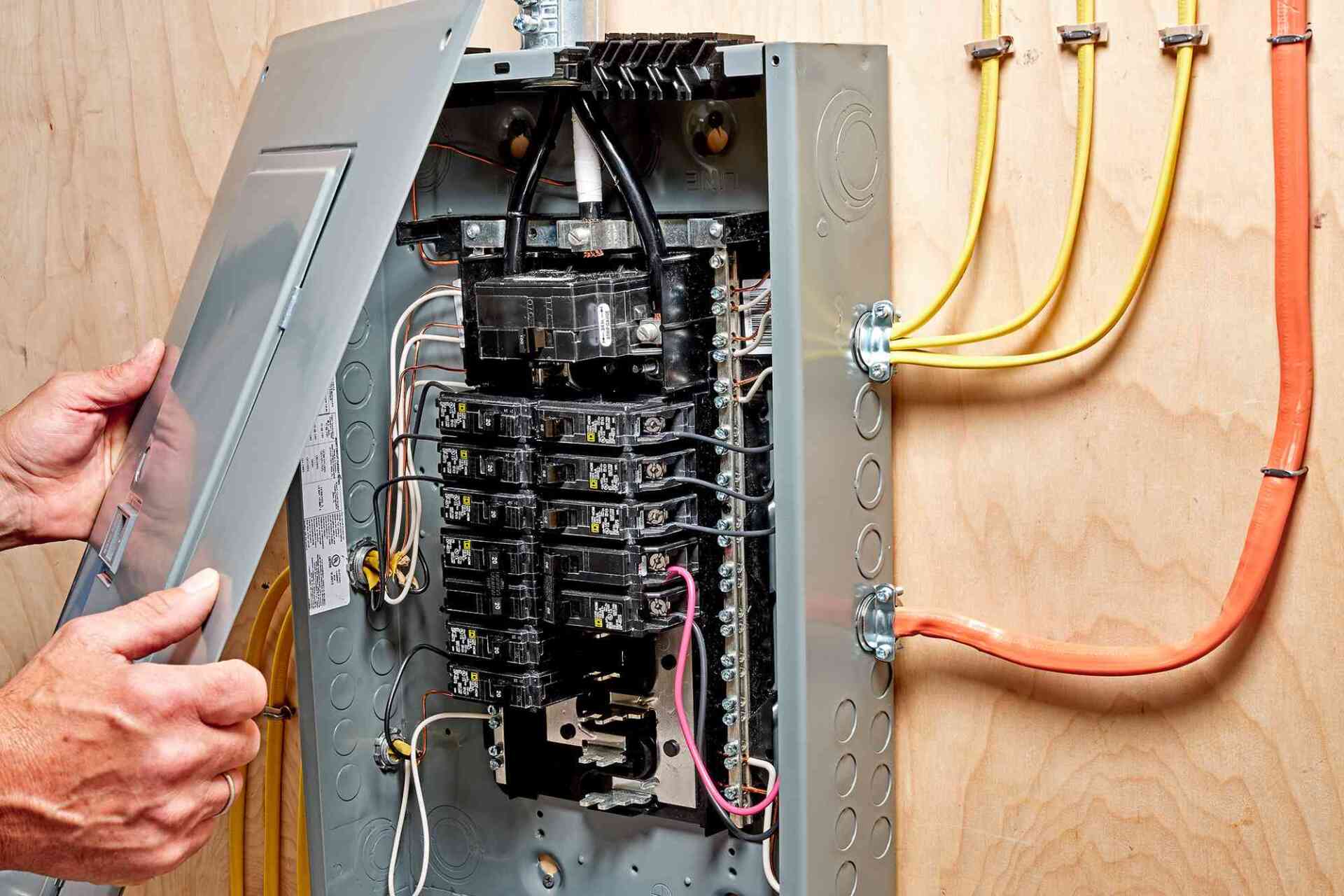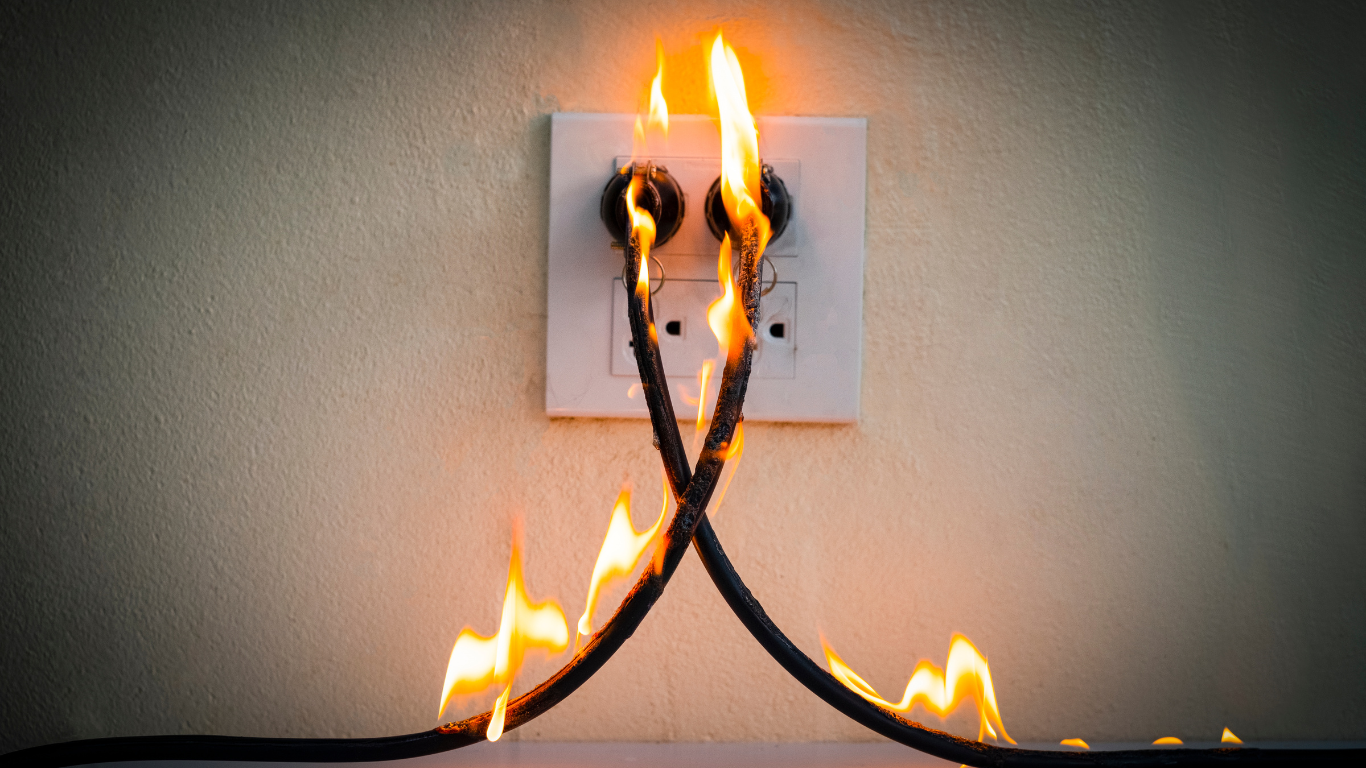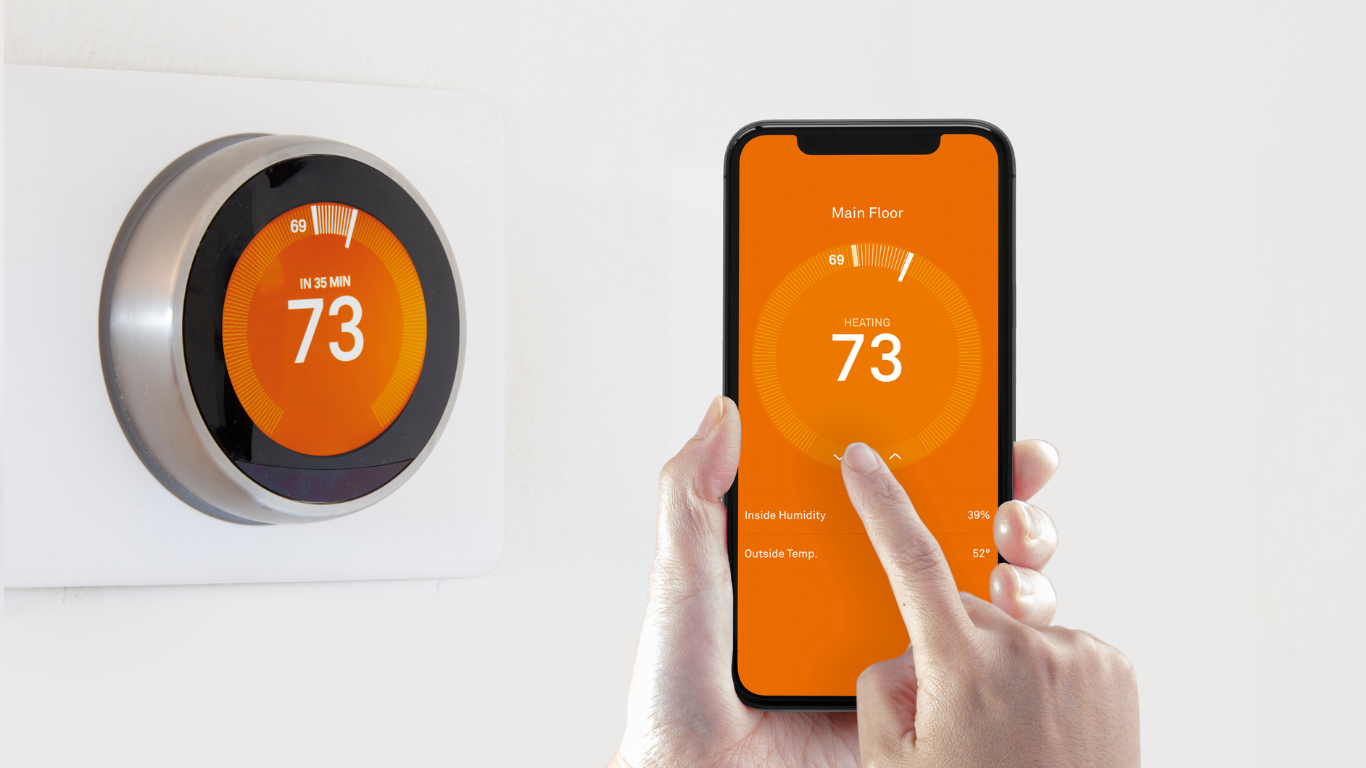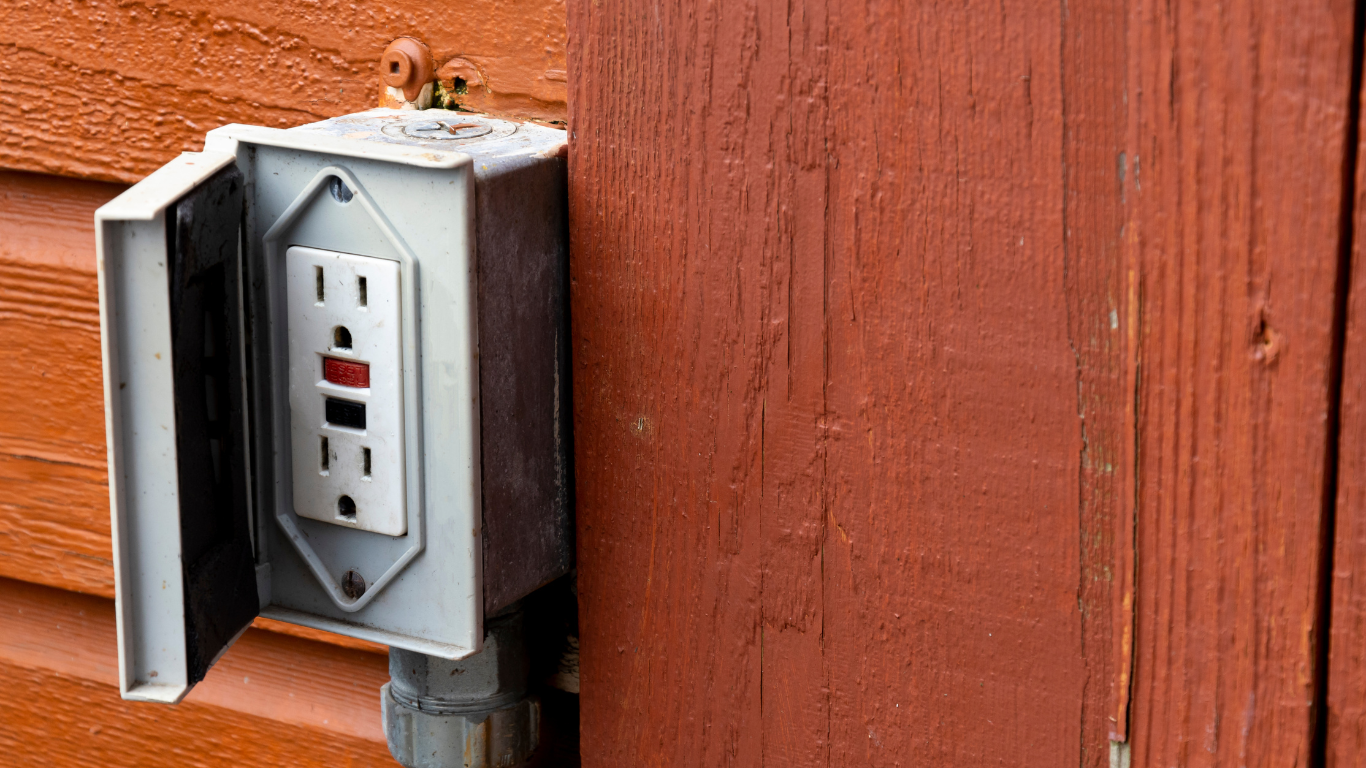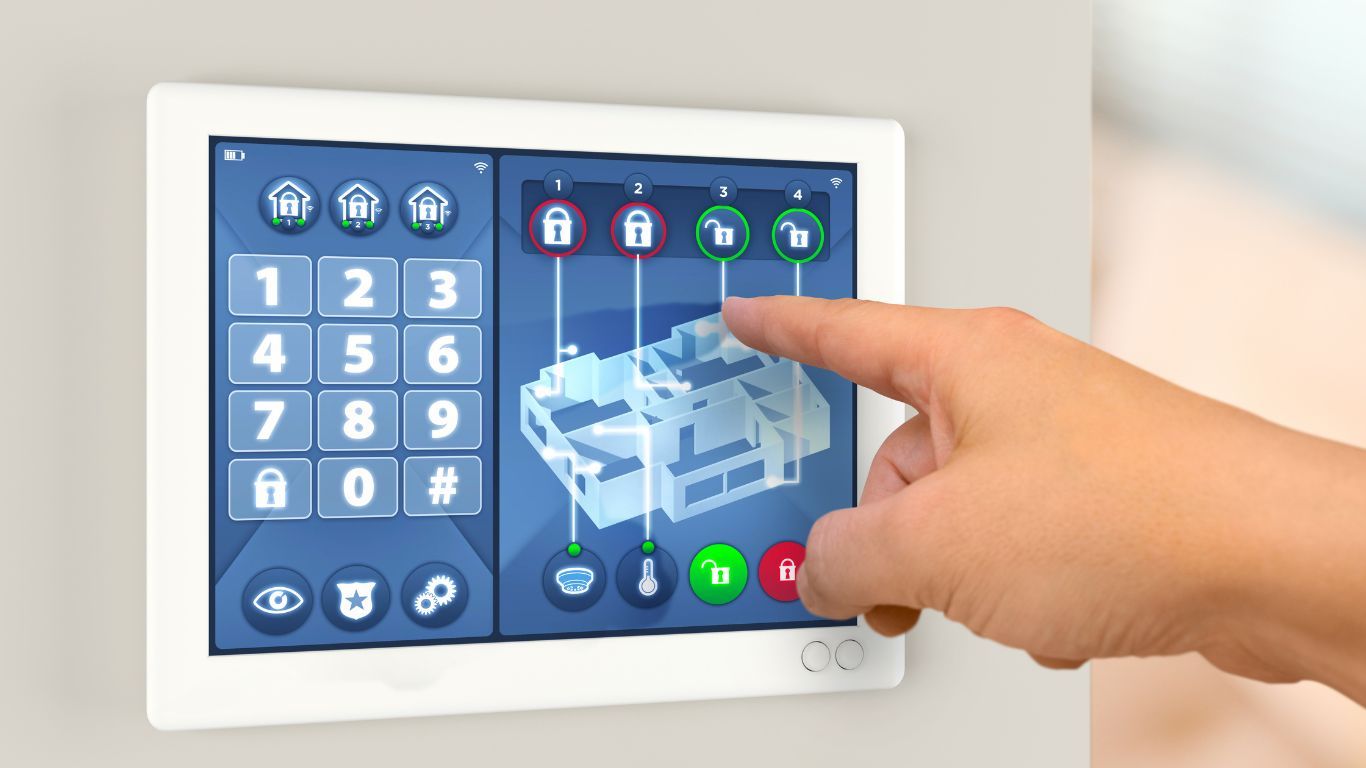Building The Electric Vehicle Charger Infrastructure
Electric Vehicle Charging Infrastructure
The United States of America requires a significant increase in the number of charging stations for electric vehicles (EVs), and the federal government will soon provide funding for these stations. There are seven guiding concepts that could assist US states and companies in efficiently accelerating this buildout.
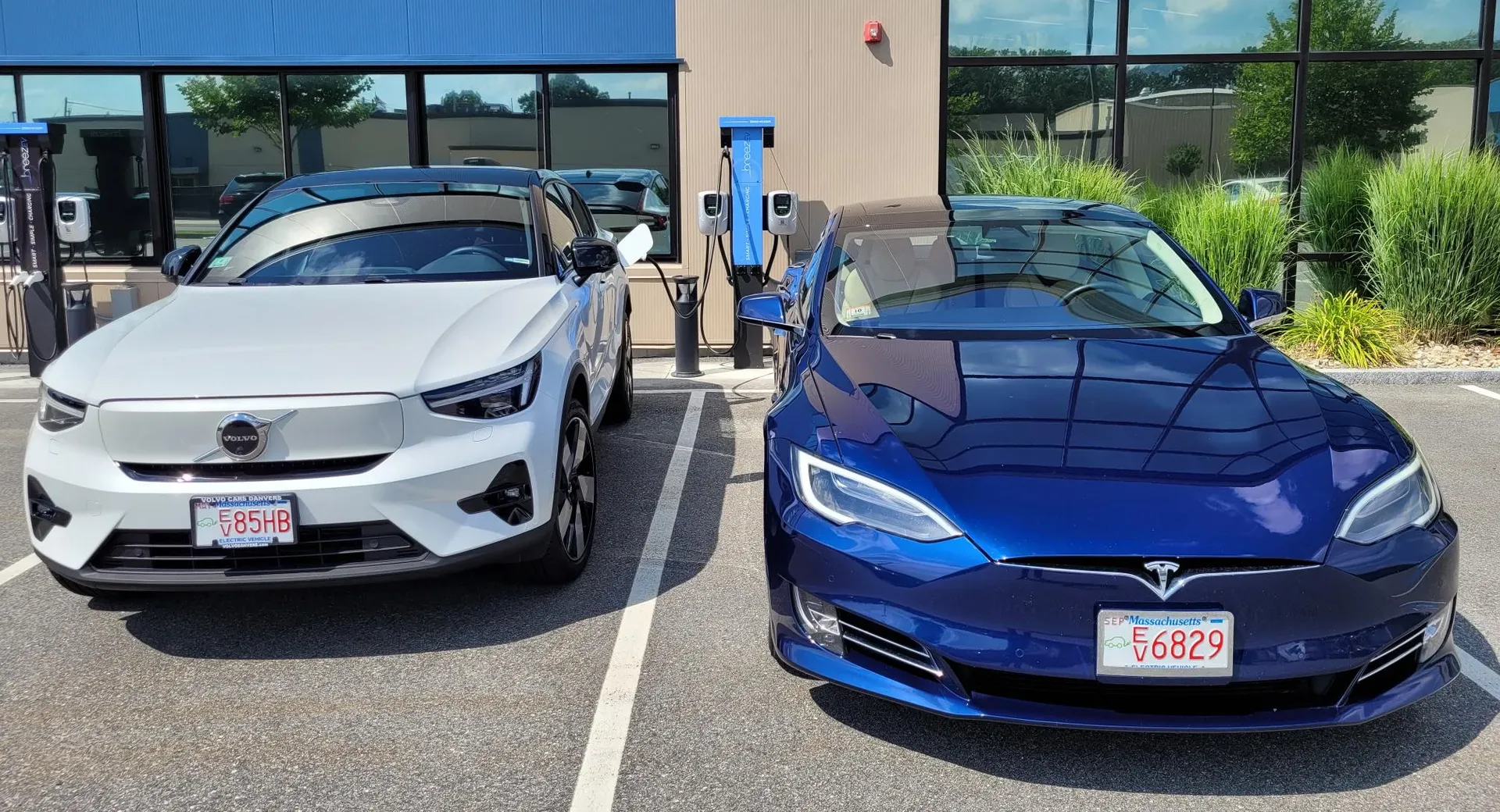
Nearly one-fifth of the United States' greenhouse gas emissions come from automobiles and trucks. In order to meet the official goal of reaching net-zero emissions by the year 2050, all of these emissions must be eradicated. Although sales of electric vehicles (EVs) in the United States have increased by more than forty percent each year, on average, since 2016, nearly half of US consumers say that battery or charging issues are their primary concerns about purchasing EVs. This is despite the fact that sales of EVs have increased by more than forty percent each year, on average, since 2016. 1 It is not an overstatement to suggest that the limited network of charging stations around the nation is likely discouraging to a great number of potential consumers.
As a direct response, the Bipartisan Infrastructure Law (BIL) allots $7.5 billion for the expansion of the electric vehicle charging infrastructure across the country. The target date for the installation of 500,000 public chargers, which are defined as charging stations that are accessible to the general public and are compatible with all types of vehicles and technology, is 2030. However, even the installation of 500,000 additional public charging stations could not be enough to meet demand. We estimate that the United States will need 1.2 million public electric vehicle chargers and 28 million private electric vehicle chargers by the year 2030 under a scenario in which half of all vehicles sold are zero-emission vehicles. This scenario is in line with targets set by the federal government. 2 In total, the nation would require almost 20 times more chargers than it currently possesses.
Increasing the number of charging stations is not the only thing that should be considered. To cite just one specific priority, the BIL emphasizes equity. The price of electricity obtained from a public charger can be anywhere from five to 10 times more than the price of electricity purchased from a private charger. Public charging stations will probably need to be affordable, evenly dispersed, appealing to use, and wired to a reliable power grid in order to keep electric vehicles (EVs) fueled up and operational. It is also likely that the businesses that are anticipated to install and run them will be required to demonstrate that they can profit from the implementation and operation of the systems. If states and corporations were to incorporate factors like these into their planning processes, they would be in a better position to meet the demand for public charging in the United States.
EV Charging Looking Forward
It will be absolutely necessary for the United States to make a wholesale transition from automobiles and trucks powered by internal combustion engines to zero-emission vehicles in order to meet its overall net-zero objectives. Battery-electric vehicles, plug-in hybrid electric vehicles, and fuel-cell electric vehicles, all of which can be recharged with electricity, as well as fuel-cell electric vehicles, which run on hydrogen, are all included in the category of zero-emission vehicles, which the federal government has determined should account for fifty percent of all new passenger cars and light trucks sold in the year 2030. 3 (For the sake of this article, the phrases "electric vehicles" and "EVs" refer to plug-in hybrid vehicles as well as battery-electric vehicles.) The amount of greenhouse gas emissions that can be cut down as a result of switching to electric vehicles will largely be determined by the number of emissions that are caused by the production of electricity. Decarbonizing the power industry is therefore essential to reducing emissions from automobiles and trucks. This is the primary emphasis of a federal objective to eliminate carbon emissions from the power sector in the United States by the year 2035.
We estimate that if the United States were to meet the federal ZEV sales target, the number of electric vehicles on American roads would increase from less than three million in 2020 to more than 48 million in 2030. This would represent approximately 15 percent of all vehicles currently operating on American roads. It is possible that there will be more than 44 million passenger cars; the remainder of the electric vehicle fleet will be comprised of buses, light commercial vehicles, and trucks.
According to the results of our scenario-based modeling, the yearly demand for power to charge electric vehicles would skyrocket from its current level of 11 billion kilowatt-hours (kWh) to 230 billion kWh in the year 2030 as the number of EVs on the road increased. The demand forecast for 2030 accounts for around 5 percent of the entire demand for power in the United States at the present time. According to our models, there would need to be close to 30 million charging stations in order to supply that amount of electricity in that year. 1.2 million of these chargers would be public chargers, situated in on-the-go spots and at destinations where vehicles are parked for long periods of time. While the majority of these chargers would be installed in private houses, 1.2 million would be public chargers (Exhibit 2). Over the period of time up to 2030, our best estimates place the price tag for the hardware, planning, and installation of this magnitude of public charging infrastructure at more than $35 billion.
In the past 18 months, a number of executive orders and pieces of federal legislation have been enacted into law with the intention of increasing the charging infrastructure across the country in order to hasten the transition to electric vehicles. The ZEV sales quota that was mentioned earlier was established by an executive order that was published in August 2021. Another target, which was set in December 2021, is for the federal government to purchase exclusively electric cars (EVs) for light-duty vehicles by the year 2027 and EVs exclusively for all vehicle classes by the year 2035. In addition to this, there are currently 12 states that are official participants of the Zero-Emission Car program. This program mandates an increase in the production of ZEVs as well as sales of ZEVs inside the state by the main vehicle manufacturers until the year 2025.
The National Electric Vehicle Infrastructure Formula program makes available $5 billion of the BIL's total funding of $7.5 billion to pay for the installation of public electric vehicle chargers. This program's primary objective is to increase the number of public charging stations in underserved communities and along highways. To a large extent, states are anticipated to enter into contracts with private corporations to install, manage, and operate public chargers. In order for states to gain access to these monies, they are required to provide plans that demonstrate how they will fulfill the conditions imposed by the federal government. Among them are the goals of fostering equity, servicing both rural and urban areas, and generating chances for participation on the part of small enterprises.
Building EV Charging
We have expertise building charging-system designs for private-sector companies in the United States as well as several players in Europe, where electric vehicles currently account for one out of every five sales of new cars. In this way, we have identified principles that could help determine whether or not a charging infrastructure can both meet the needs of drivers well enough to enable a broad shift to EVs and be built and operated in a financially sustainable way, involving a combination of viable business opportunities and public support. These principles could help determine whether or not a charging infrastructure can meet the needs of drivers well enough to enable a broad shift to EVs. Conditions on the market in Europe are, without a doubt, distinct from those in the United States. In this section, we analyze these concepts by comparing them to the existing circumstances and the anticipated demands of the future.
Increasing fairness within the public electric vehicle charging grid
Equity is a criteria that was underlined in the financial guidance that the federal government released for the BIL, and it should be taken into consideration as one of the factors. In order for electric vehicles to become popular among all drivers, the charging infrastructure in the United States needs to accommodate a wide variety of people. This includes significant groups of drivers who will make substantial use, if not sole use, of public charging stations because they may not have the necessary equipment to charge their vehicles at home. It also includes the numerous drivers who use commercial or ride-sharing vehicles and require public chargers to maintain their vehicles' battery power throughout long days (and nights) spent traveling. Last but not least, it includes drivers in rural areas who are concerned about running out of power because there are a limited number of quick EV charges in their communities despite the abundance of gas stations.
As early electric vehicle sales were concentrated in locations with higher median incomes, the majority of existing charger installations are also found in these areas. To make ownership of electric vehicles as viable as ownership of internal combustion engine vehicles, future charger installations might be scheduled for regions with varying income levels. It is likely that increasing geographic accessibility to chargers will play a pivotal role in improving visibility and viability; in a recent survey conducted, seven out of ten respondents who do not own electric vehicles stated that the areas near their homes do not have a significant number of chargers.
Putting public charging stations in locations where people need them
Placing public chargers in locations where people who own electric vehicles will charge their vehicles is another key factor to consider. Although it may appear to be self-evident, putting this principle into practice may prove to be difficult. At the local level, states and enterprises can conduct in-depth analyses of the driving and parking habits of motorists to determine how many public chargers should be installed and where those charges should be located.
When it comes to deciding where to locate public charging stations, our modeling provides a few general suggestions that states may keep in mind. The majority of electric vehicle charging (measured in terms of the amount of electricity used) presently takes place in private residences in the United States. According to our projections, by the year 2030, there will be a significant reduction in the number of vehicles charged at their owners' residences, while the number of vehicles charged at fleet depots would nearly treble. In general, the vast bulk of all pricing would still be accounted for by private use scenarios. One reason is that modern electric vehicles have ranges of more than 200 miles per charge, which means they can meet the needs of the majority of drivers if they are charged while parked overnight. This is significant because the average person in the United States drives about 30 miles per day in their private vehicle.
EV drivers who are unable to charge their vehicles at home or who must recharge while they are traveling will want charge stations to be located where they are most convenient for them. According to our predictions, public charging stations would provide more than twenty percent of the electricity that electric vehicles would require in 2030 in the scenario that we investigated (Exhibit 5). Not only is it important to build a fair infrastructure, but it's also important for businesses that run public charging stations to be profitable, so it's important to determine how much public-charging demand a state's infrastructure needs to serve, as well as how much demand there will be in specific locations. Chargers that are effective in public contexts, such as curbsides, parking lots, and highway rest stations, should be made available by the states, and inventive approaches should be considered for their provision.
Adapting the rate of pricing to the requirements of individual consumers
The charging mechanisms that most adequately satisfy the requirements of customers should be carefully considered by both states and enterprises. Despite the fact that our calculations imply that fast direct-current (DC) charging technology isn't required in all charging applications, it is essential for reducing the stress associated with range anxiety. According to the survey that was cited earlier, conducted by McKinsey, seven out of ten drivers are likely to install a home-charging system. Drivers of private passenger cars that have access to home or overnight charging will charge their vehicles at home the vast majority of the time due to the significantly lower cost of energy. These motorists will only require fast chargers when they are traveling long distances and are unable to take the additional time required to refuel at a slower public alternating-current Level 2 (AC L2) charger or when they have forgotten to charge at home and are unable to complete the round trip in the time that is available to them.
In contrast, drivers of private passenger cars who do not have access to home or overnight charging will pick either rapid or slow public charging, depending on the itinerary they have planned for the day, because they do not have access to home or overnight charging. Only when it is required by the length and location of their excursions will drivers of electric commercial fleet vehicles charge their vehicles at a public charging station. According to the poll conducted by McKinsey, six out of ten charging sessions throughout the world will take place either at home or at the driver's place of employment. Drivers in the United States report that they anticipate relying more on home charging than drivers in other countries do.
Therefore, there are only a limited number of use cases for fast charging, and that's before we even consider the huge additional cost of fast chargers and the significant stress they place on the grid. Because of this, states and businesses might want to be cautious about installing fast public chargers in locations where slower ones would suffice. When a motorist is parked for an hour or more, the slower AC L2 charging typically works well enough. For example, DC charging may be available as a premium service at parking lots and other public destinations. Public overnight charging stations equipped with AC L2 chargers can be of tremendous benefit to electric vehicle (EV) owners who are unable to install their own chargers at their homes and for whom the installation of such stations is prohibitively expensive for local governments.
Lowering The Cost of EV Charging
Utilities set the electricity rates (which change depending on the time of day) and demand charges (which cover a utility's infrastructure maintenance expenses) that consumers pay for electricity at EV-charging stations. This is the primary factor that determines the prices that consumers pay for electricity at EV-charging stations. EV drivers who must rely on public charging stations have a more limited range of options for when and where they can charge their vehicles compared to EV drivers who charge their vehicles at home. (It is important to consider the time of day because the majority of public charging occurs during the day, which is often when the price per kilowatt-hour is greater.) Consequently, these motorists can wind up spending anywhere from five to ten times as much per kilowatt-hour as those who charge their electric vehicles at home.
It is possible that states may wish to prioritize efforts to guarantee that public charging costs are equitable while they are laying out plans to create an EV-charging infrastructure. They could do this by contributing to the reduction of demand charges, by subsidizing the installation and operation of chargers in regions where the profit margin is lower, or by using some other method to contribute to the reduction of demand charges.
Improving the overall user experience of public charging
According to recent surveys, customers' interactions with public charging stations are frequently unsatisfactory. The primary drawbacks of public charging, according to the respondents, are the slow speeds, high costs, limited availability (including both free and functional chargers), and lack of adequate safety measures. Drivers have a difficult time identifying chargers because there is a lack of information; mobile apps that are designed to locate them typically do not include the chargers offered by rivals, which reduces the number of options available in terms of both availability and affordability. There are a wide variety of possible price structures, including charging by the minute or the kilowatt-hour, charging varying rates for memberships, or charging on a pay-per-use basis. It is not always simple to determine which alternative provides better value, and the process of payment is frequently difficult. Finally, there is a significant amount of variety in the construction and operation of chargers, and customer service is not always timely or helpful.
State regulators are unable to solve all of these issues, but they might give some of them some thought and try to solve some of them using rules and mandates that are designed to make the process of charging more straightforward and pleasant. For instance, they might mandate that all stations be able to process credit card payments and employ industry-standard connections and connectors. In addition to that, they can require the usage of adapters that "plug and charge." So that drivers can charge their automobiles without having to submit a form of payment, these capture the driver's billing information automatically from the vehicle once the charging cable is inserted into the energy outlet.
Adding EV charging stations to the existing electrical grid
Even though the majority of power grids in the United States are able to provide sufficient electricity to meet the demand for charging electric vehicles (EVs), very few of them are able to send huge amounts of electricity to a big number of EVs at high rates simultaneously. A major cause for concern is the possibility that local grid limitations could emerge, namely in residential areas and commercial districts (as well as in the vicinity of fleet depots), where the majority of EV charging will take place. The cost of upgrading grids will be high: the cost of updating the grid and the site for a single public direct-current fast-charging (DCFC) station that consists of four DC 150-kW chargers might be more than $150,000. In addition, in order to achieve the greatest potential decrease in emissions from the switch to electric vehicles, the power grid would need to have the lowest possible carbon intensity. Grids, in and of themselves, contribute significantly to the overall effort to lessen the carbon intensity of power.
Based on our previous experiences, we can hypothesize that state-run electric vehicle (EV) charging programs have the potential to hasten the strengthening of power grids and the construction of capacity for renewable forms of energy generation in a number of different ways. They could, for instance, set up initiatives to assist utilities in adding storage capacity to bank renewable electricity during the day, and then feed that electricity to commercial-fleet vehicles (or home-charged electric vehicles) during the night. This would be one example of how they could use this strategy. Alternately, they may make it possible for charge providers to acquire renewable energy or credits for renewable energy at a reduced price. Utilities might also play a role in hastening the transition to EVs by, for instance, lowering the costs associated with energy and grid upgrades and supporting improvements in the planning and design of network infrastructure (which would enable the higher utilization of chargers).
EV Charging Creates financially viable Opportunities
There are now two primary business models that are utilized by the majority of charging companies in the United States. In the first model, businesses sell electricity generated by public charging stations that they own and manage themselves. Only a small fraction of these stations are used frequently enough to turn a profit. The second model requires businesses to charge customers for the privilege of establishing, running, and maintaining charging stations at third-party venues like shopping malls and parking garages. These kinds of businesses rarely see any kind of profit.
Since it is unlikely that government agencies will construct, own, or operate all of the public-charging stations that drivers will require, it will likely be a precondition for the development of a nationwide infrastructure that public-charging services be able to generate a profit before they can be offered for sale. It is possible for states to help charging businesses in a variety of ways, such as by reducing the initial capital cost of installing chargers and by establishing offtake agreements to purchase a set amount of charging service each month, regardless of how much EV users pay for. These are just two examples of how states could assist charging businesses. Additionally, they could take into consideration premiums for the provision of renewable energy as well as incentives to construct charging infrastructure (these would improve the economics of charging businesses by providing ancillary revenue streams). As it is, it can take anywhere from nine to twenty-four months to get a charging station up and running. States should also expedite the permitting processes in order to make it easier for service providers to install and begin operating new chargers more rapidly.

